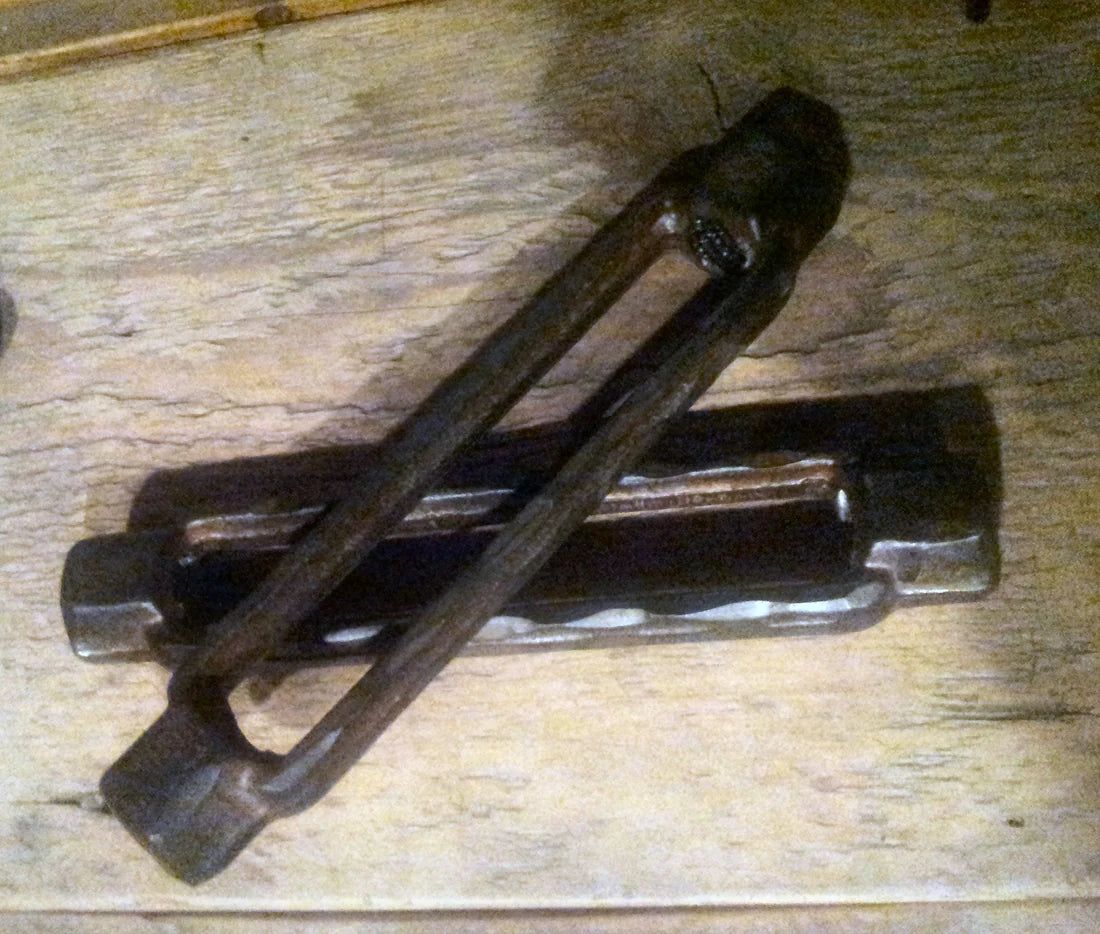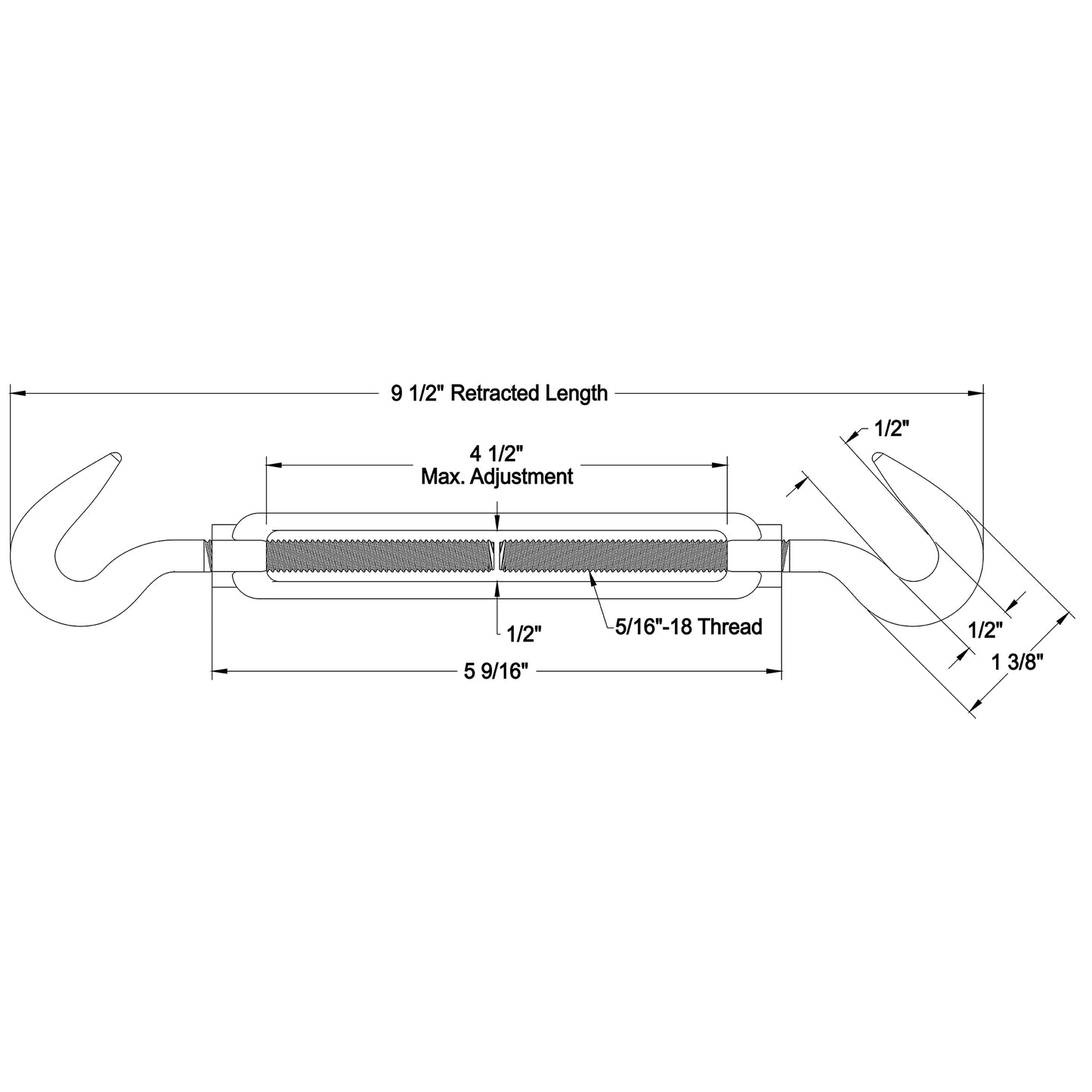
Navigating the world of construction and rigging can be complex, especially when it comes to the nuts and bolts—or, more accurately, the turnbuckles—keeping everything in place. Whether you're a seasoned professional or a first-time do-it-yourselfer, understanding the fundamentals of turnbuckles is crucial. Here's a comprehensive list that will answer all your questions and ensure you're well-versed in the art of using turnbuckles safely and effectively.
Introduction to Turnbuckles and Their Common Uses
Turnbuckles are one of the most versatile and widely used mechanical fasteners in construction, rigging, and various DIY applications. They come in handy in situations where the tightening or adjusting of tension is required. Whether it's for straightening fencing wires, securing or aligning a pulley system, or even fine-tuning the truss frame for a home project, turnbuckles play a pivotal role in maintaining structural integrity and alignment adjustments.
Q. What Are Turnbuckles?
A. At their core, turnbuckles are devices comprising two screw-ended eyes threaded onto a central body. This central body is usually a metal framework that allows for rotational movement of the two ends. When rotated, the eyes move toward or away from each other, which can either lengthen or shorten the overall assembly, depending on the rotation direction. They are used when the application requires some flexibility and tension adjustment.
Q. How can I Select the Right Type of Turnbuckle?
A. The type of turnbuckle you'll need depends on the specific application. Here are the most common types:
Adjustable Turnbuckles
This is the go-to for most general purposes. It consists of two internally threaded end screw parts and a central screw mechanism.
Eye & Eye Turnbuckles
These have looped ends that the fastener passes through—a popular choice for use with ropes and elasticated bungee hooks.
Hook & Eye Turnbuckles
These have one eye and one hook, making them perfect for applications that require a hooking mechanism on one end.

Q. How Do I Install My Turnbuckles?
A. Proper installation of a turnbuckle is essential. Begin by loosening the nuts and removing the lockwire or locking hardware from one end. Turn the frame so it stretches or shortens the desired area, then carefully measure the length before tightening the locknuts to secure the adjustment.
Q. Can I Use A Turnbuckle in My Project? What Are Some Common Applications of Turnbuckles?
A. Turnbuckles can be found in an astonishing array of applications. Whether it's in construction, rigging sails, tensioning wires, adjusting backstays on a mast, or even in theatrical rigging to move set pieces, they are an indispensable tool for fine-tuning tension and length.
Q. What Size Turnbuckle Should I Order?
A. Choosing the right size turnbuckle is crucial for safety and performance. Measure your desired distance and select a turnbuckle with a rod that's slightly longer than that distance, ensuring you have sufficient adjustment capability.
Q. What Safety Precautions Should I Take When Using Turnbuckles?
A. Safety should always be the top priority when working with turnbuckles. Ensure you respect weight limits and never overload them. Proper installation, including tightening of locking nuts, is a must. Additionally, perform regular checks to make sure everything is secure and that the turnbuckle isn't damaged.
Q. How Do Turnbuckles Work?
A. Turnbuckles operate on a simple principle of rotational movement converting force. The eyehooks pass through an object and are connected to it by a fastener, and as the central body is turned, it causes the eyes to move relative to one another, adjusting tension and length as needed.

Conclusion
Turnbuckles are not just an average piece of hardware; they are the artisan's tool, the construction worker’s companion, and the sailor's friend. Their adaptability and simple yet effective design make them a must-have for any project that requires the fine balancing of tension and length. Now that your questions have been answered, it's time to take this newfound knowledge and apply it with confidence in your next job or DIY adventure.
